A-crystal Electronic
Focus on small size crystal oscillator products and applications.
Zhejiang A-Crystal Technology Co., Ltd. was founded in 2008. is a national high-tech enterprise integrating the research and development, manufacturing and sales of high-class quartz crystal oscillators, clock modules and atomic clocks, and other time-frequency products and solutions.
Crystal resonator products, from 1.6*1.2*0.35mm to 12.5*4.6*3.8mm in various sizes and packages.A frequency range of 32.768KHz to 125 MHz is available. And can provide different specifications accuracy to meet the various application needs of customers.
Our company has 100-level, 1000-level, and 10,000-level purification workshops covering an area of 6,000 square meters,with a full range of complete product lines: quartz crystal resonators, quartz crystal oscillators, filters, temperature compensation and voltage control products, clock vibration chips, driver IC,IGBT modules and related system solution products to meet the diverse needs of customers, and provide customers with comprehensive services with a sound supply chain system.
Crystal oscillator product types include ordinary oscillators (Oscillator), voltage-controlled crystal oscillators(VCXO), temperature-com-pensated crystal oscillators (TCXO), and oven-controlled crystal oscillators (OCXO) . Oscillator product size ranges from 1.0*1.2*1.6mm to 50*50*15mm. Output modes include CMOS、PECL、LVDS、LVPECL、CLIPPED SINE.Available frequency range from 32.768KHz to 800MHz. And provide different parameter specifications of common to high-precision oscillators to meet customers' various application requirements.
The clock module product family maintains an accuracy of better than ±1.5 microseconds over 24 hours, and is widely used in power grids, clock references, base stations, broadcasting, and radar systems.
The Rubidium/Caesium atomic clocks, CPT atomic clocks, and chip-scale atomic clocks utilize industry-leading time and frequency research capabilities and solutions, providing timing, timekeeping, and time dissemination reference coordinates for the information manufacturing industry and the Internet of Things (loT), offering the time basis for the operation of electronic systems.
Company takes "co frequency, resonance, ingenuity, and innovation" as the value, "engaged in frequency control device manufacturing, leading the development of China's frequency control industry to make technical contributions" as the mission, adhere to the "technology innovation, customer satisfaction, step by step, sustainable development" business philosophy, and common development with customers to create a better future.
We have won many honors such as National High-tech Enterprise, "AAA" Credit Rating Certification of China Electronics Industry Association, National High-tech Enterprise, Provincial Specialized and New (Small and Medium Enterprises), Zhejiang Manufacturing Quality Enterprise, Zhejiang Science and Technology Enterprise, Zhejiang Import and Export Behavior Standardized Enterprise, etc. And we have passed the certification of IS09001-2015 Quality Management System, ISO14000-2015 Environmental Management System, ISO45001-2018 Occupational Health Management System: Our company currently has more than 40 product patents (four invention patents), etc.
Compliance
“Total Employee Compliance, Compliance Creating Value” is the compliance concept that A-crystal management always upholds.
Compliance Commitment from the Management
Read More









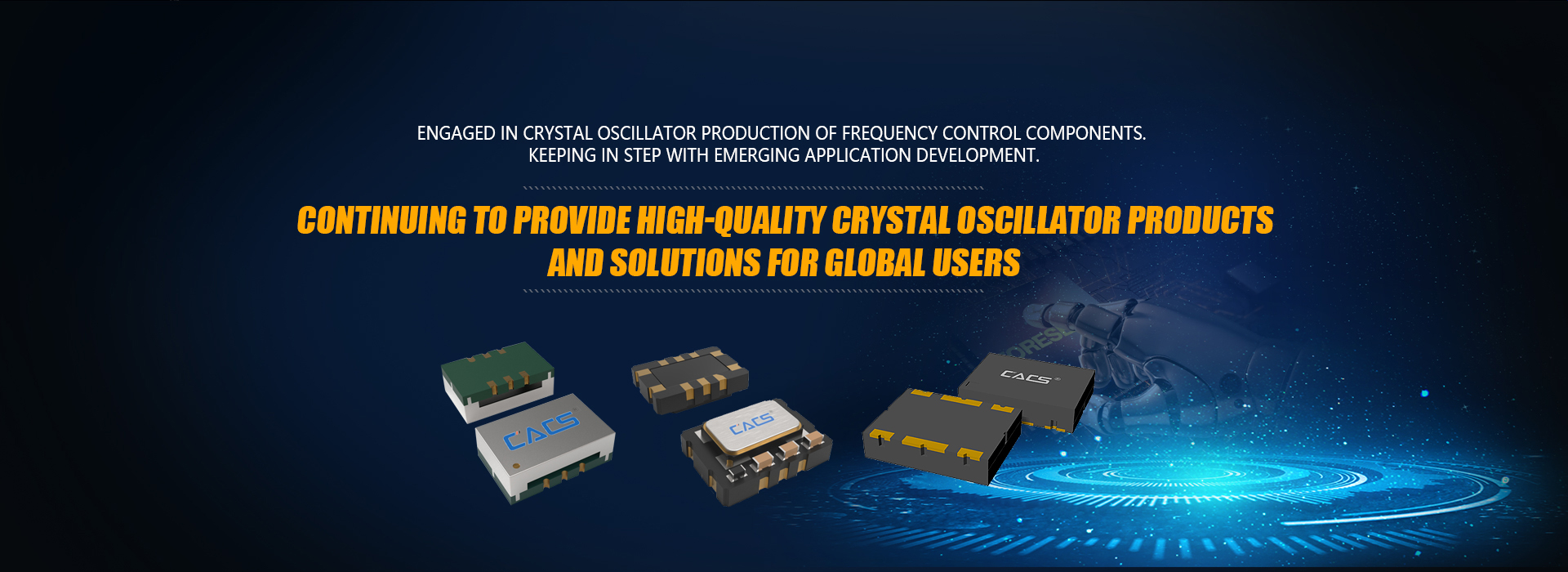
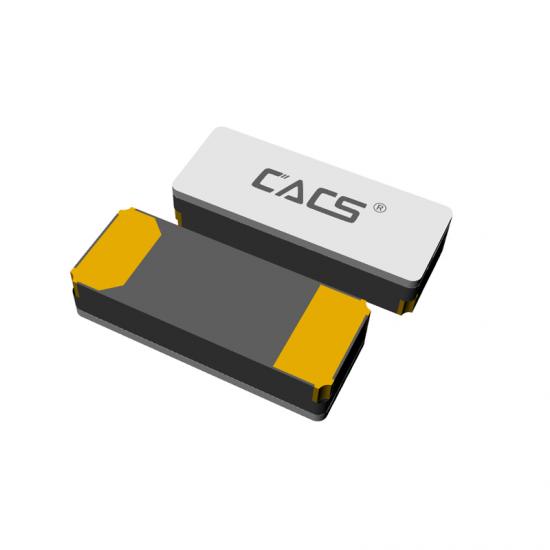
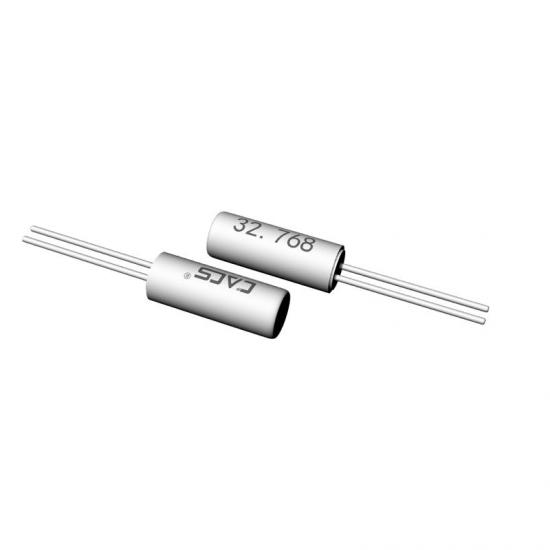
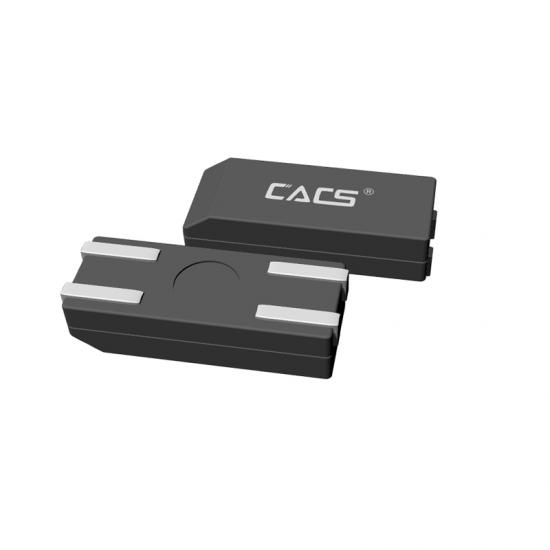
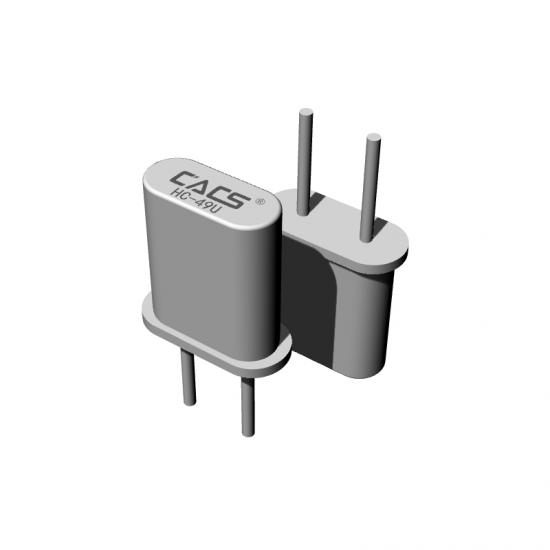
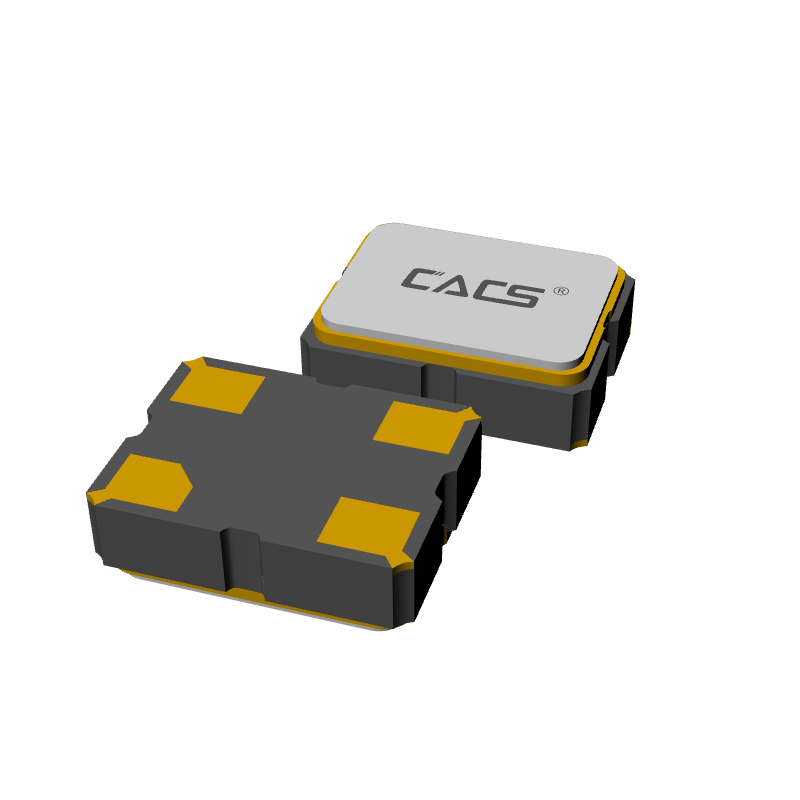
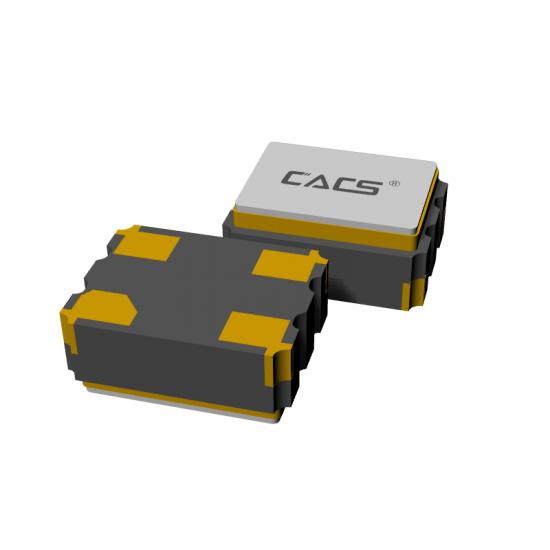
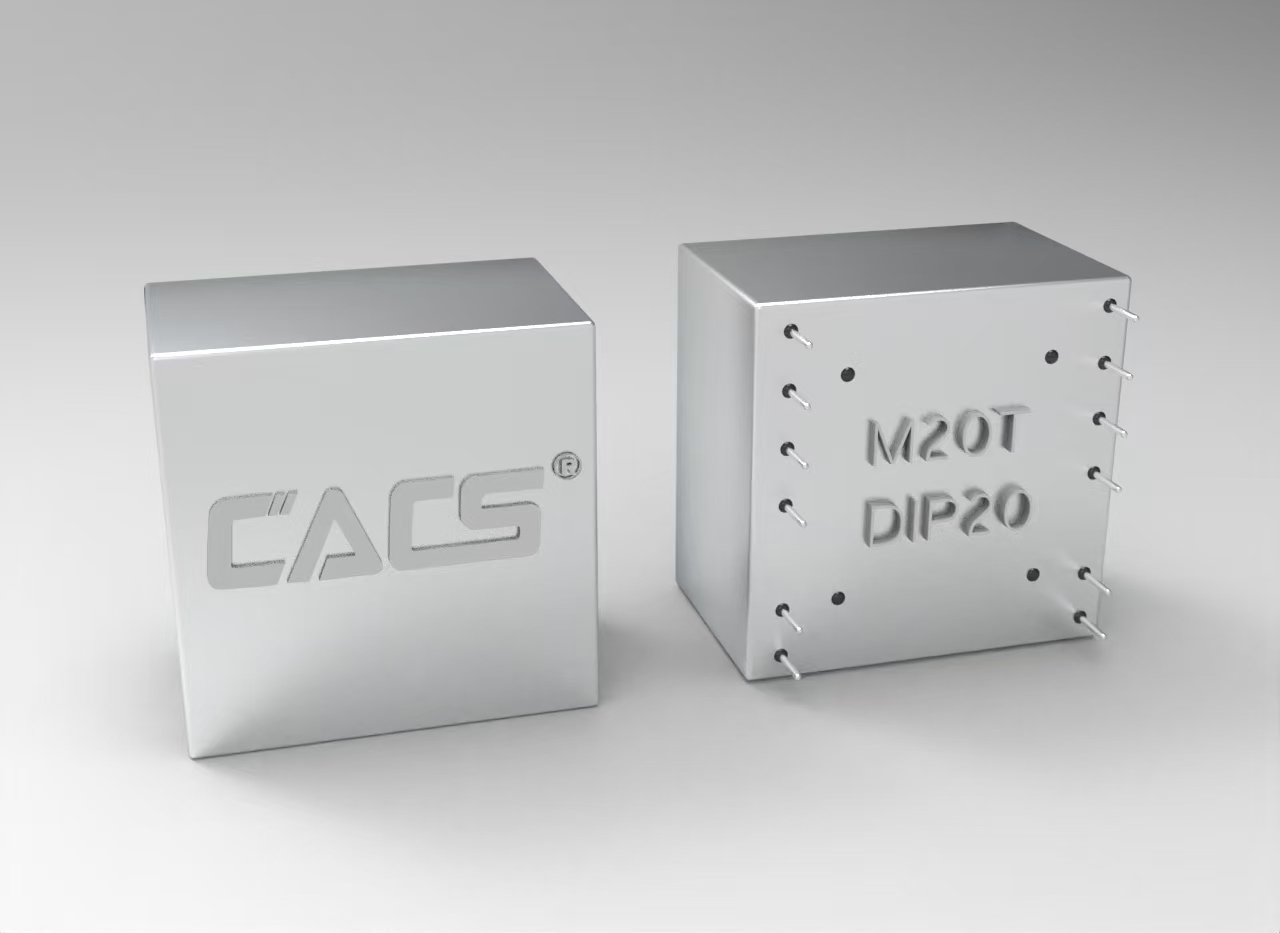
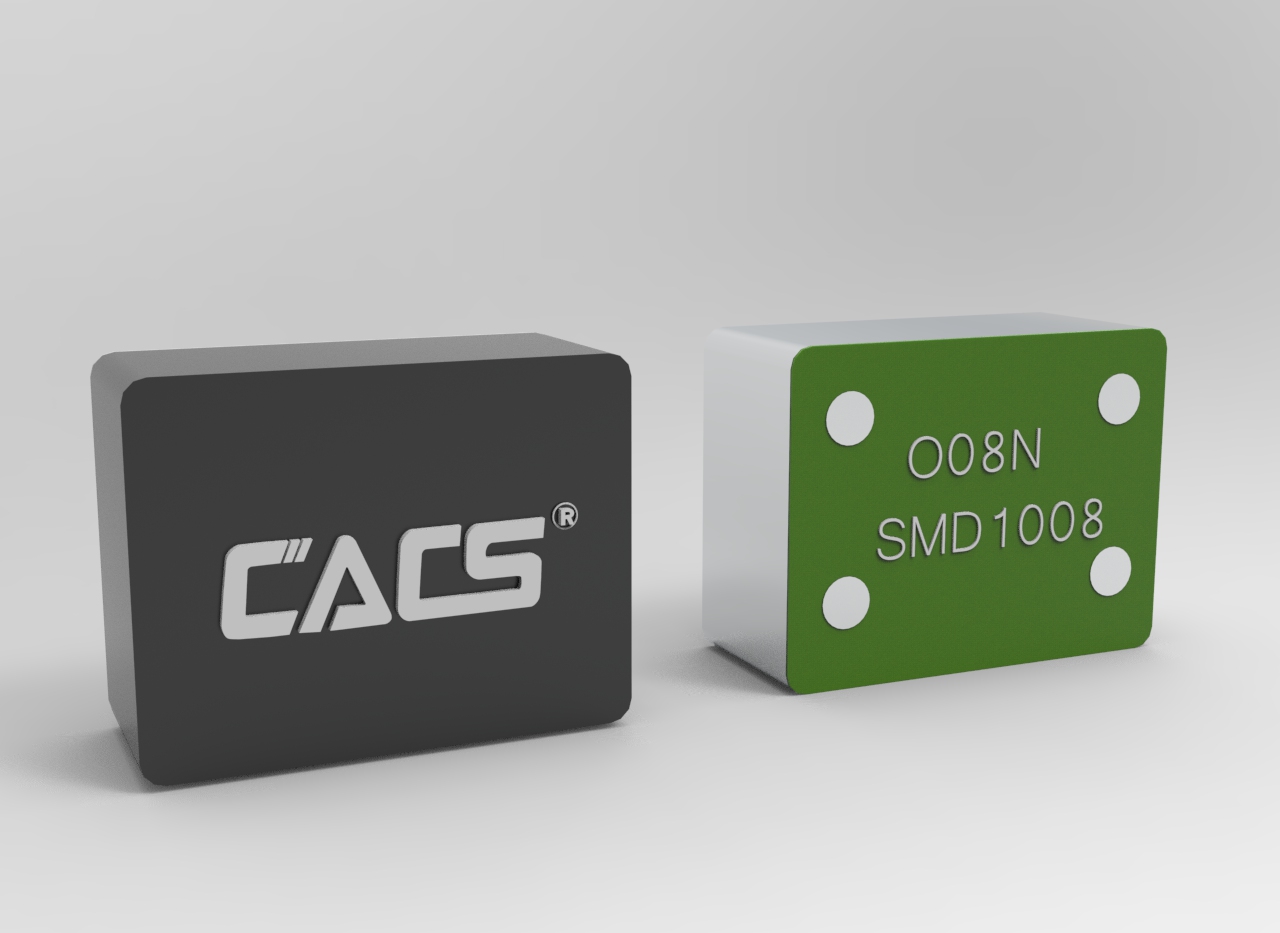
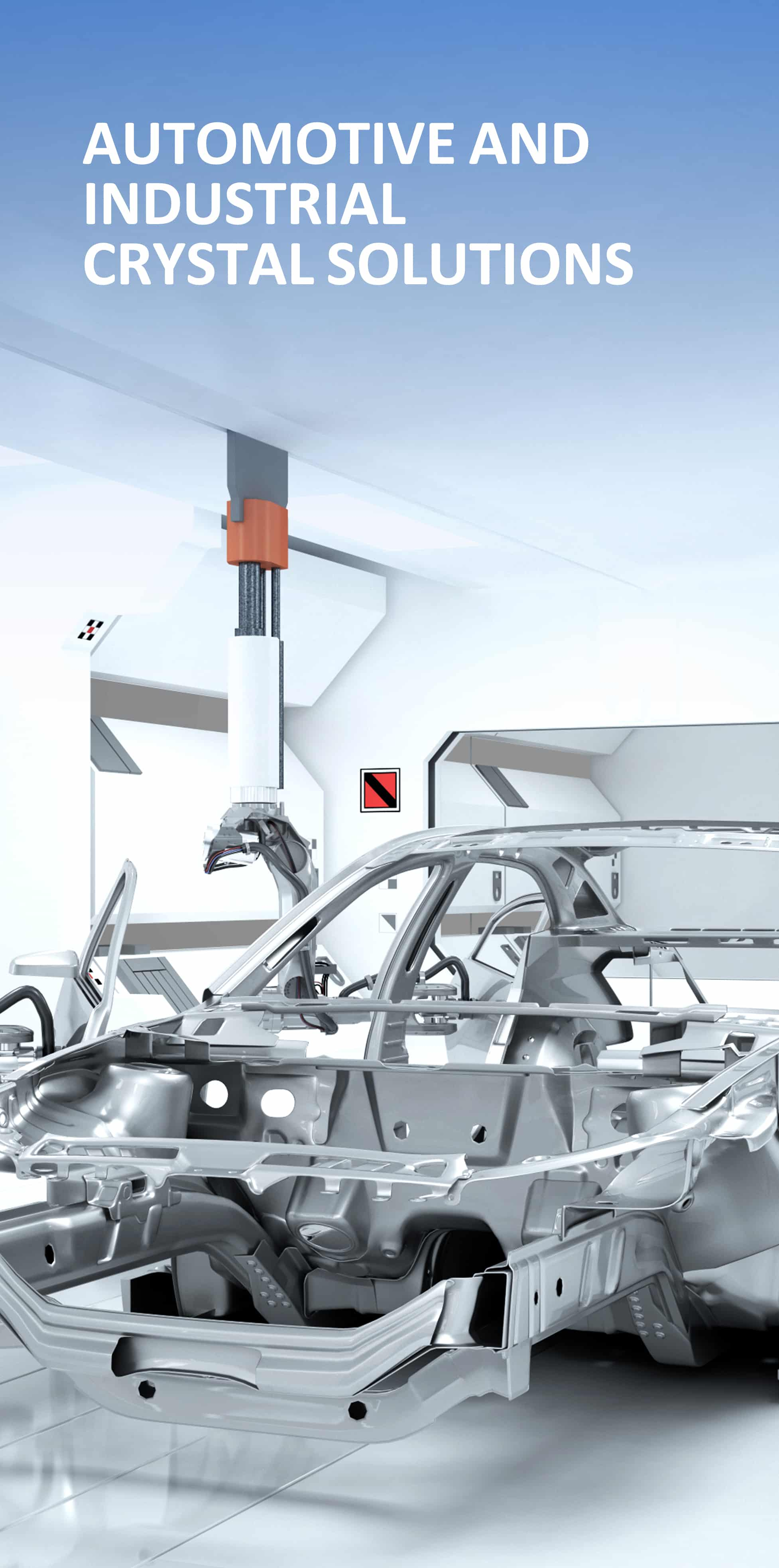

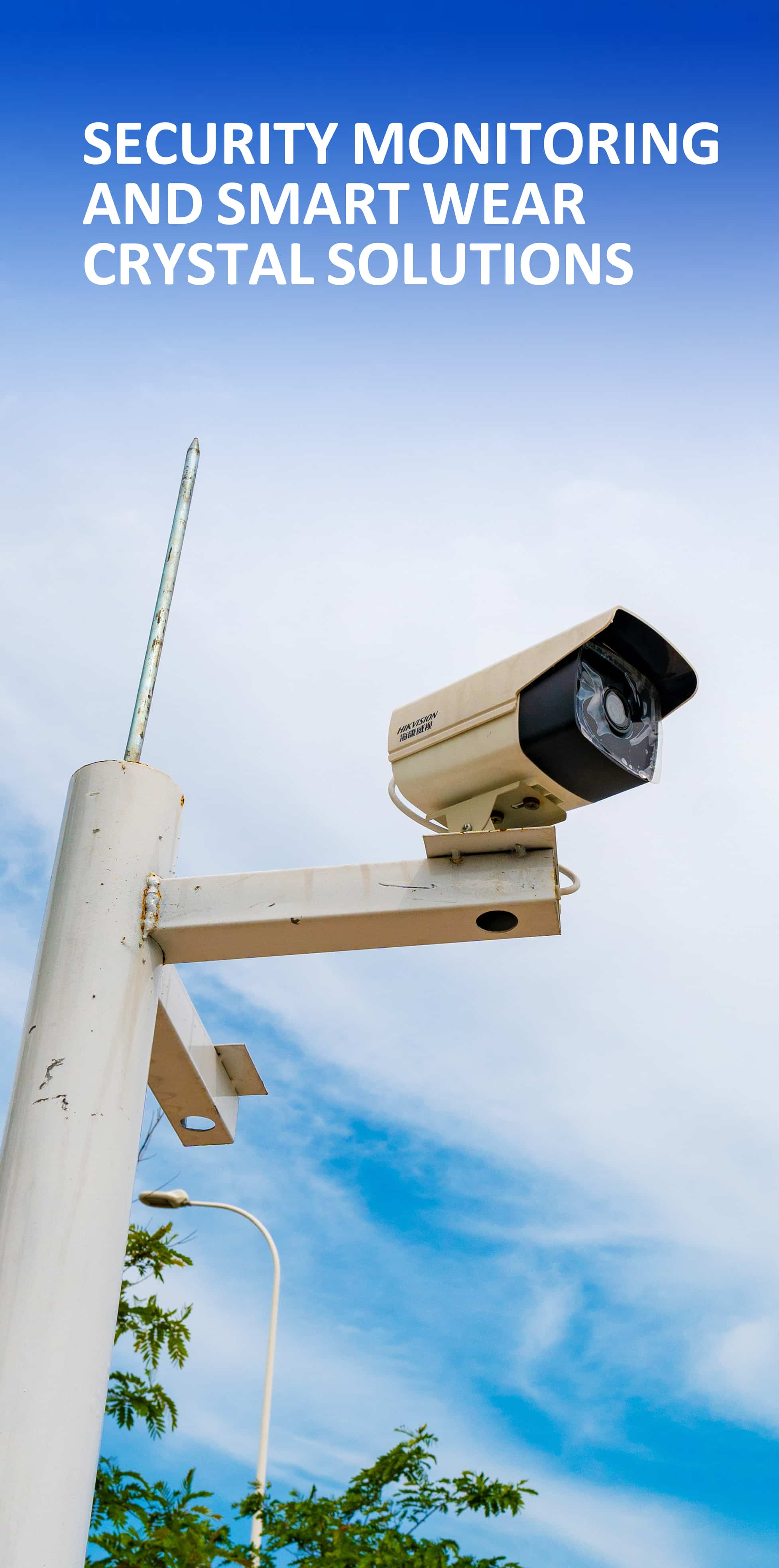
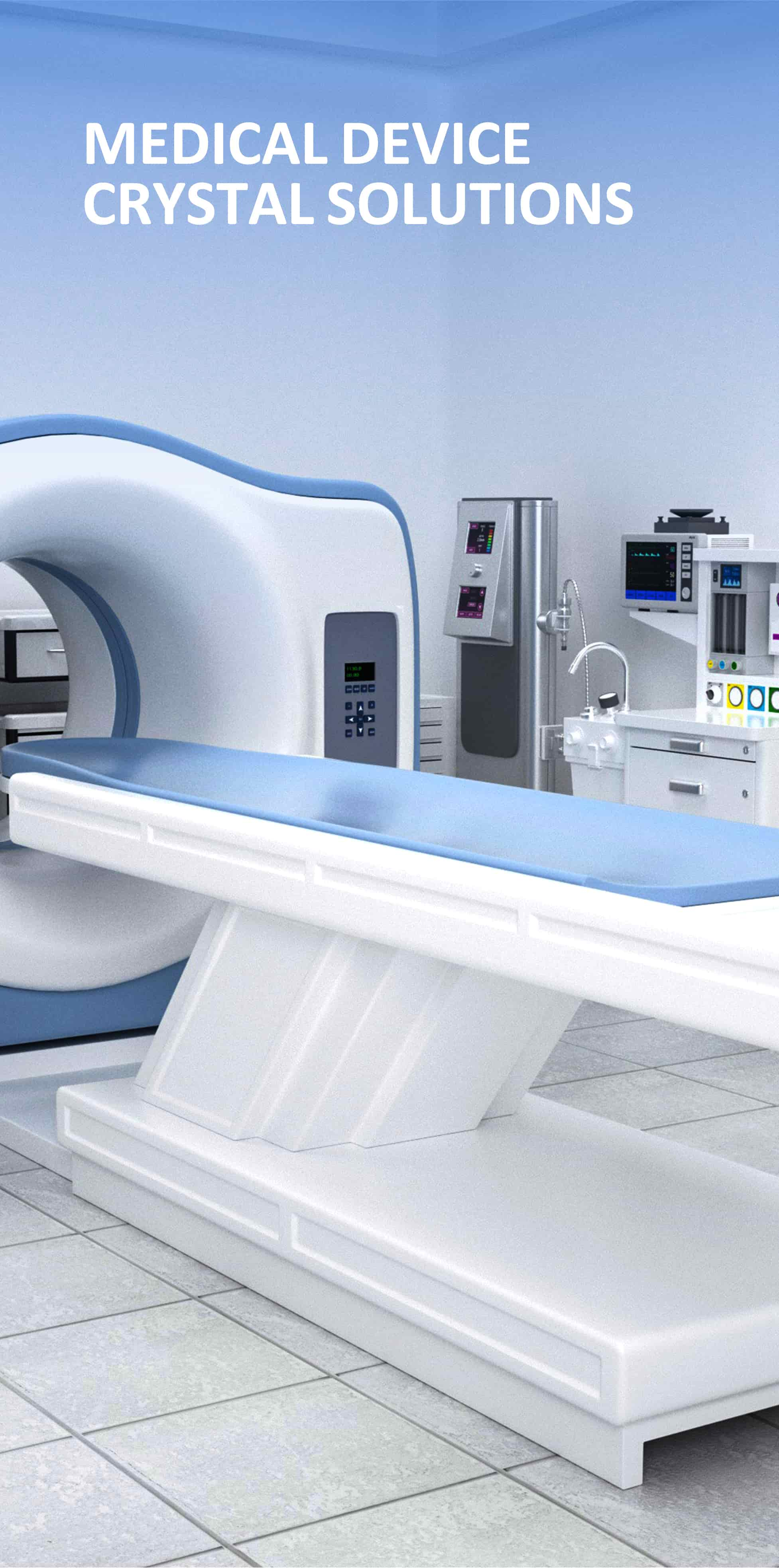

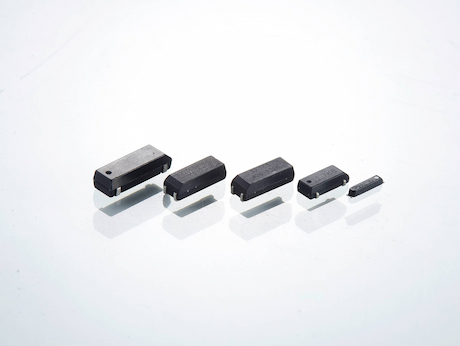
 15 Sep,2025
15 Sep,2025
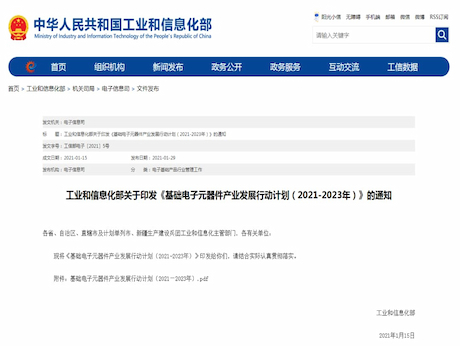
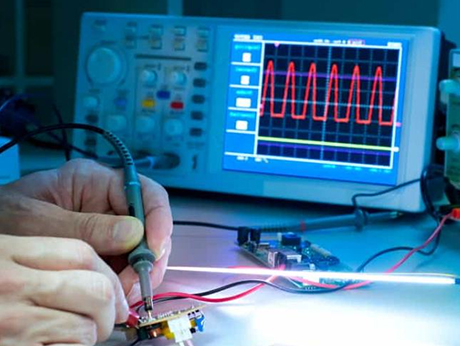


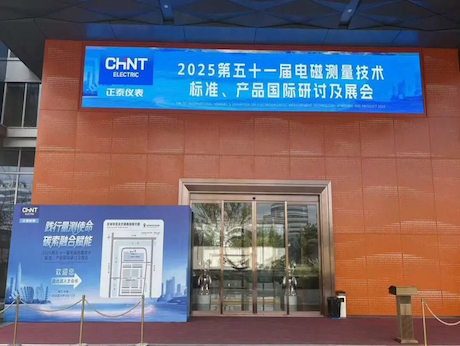
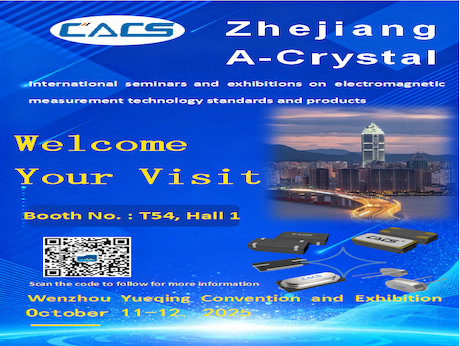
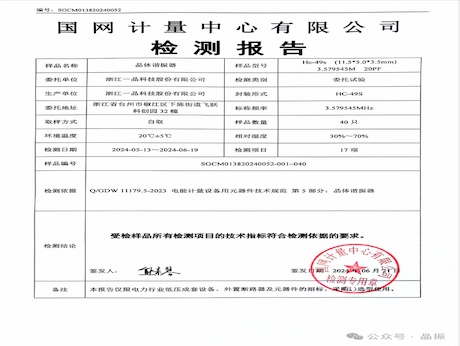
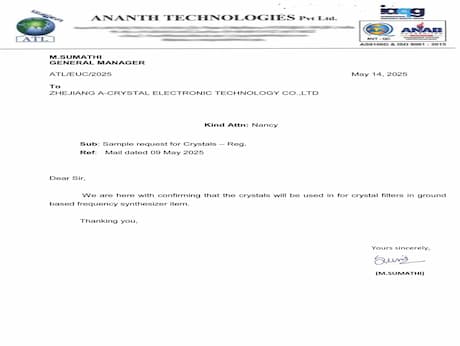
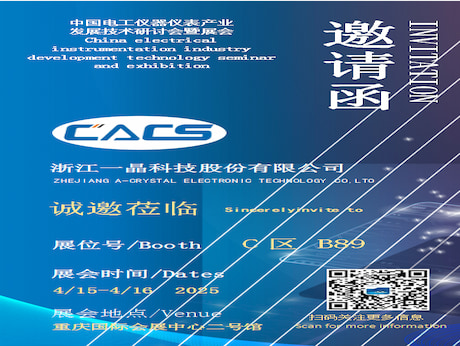


 IPv6 network supported
IPv6 network supported
